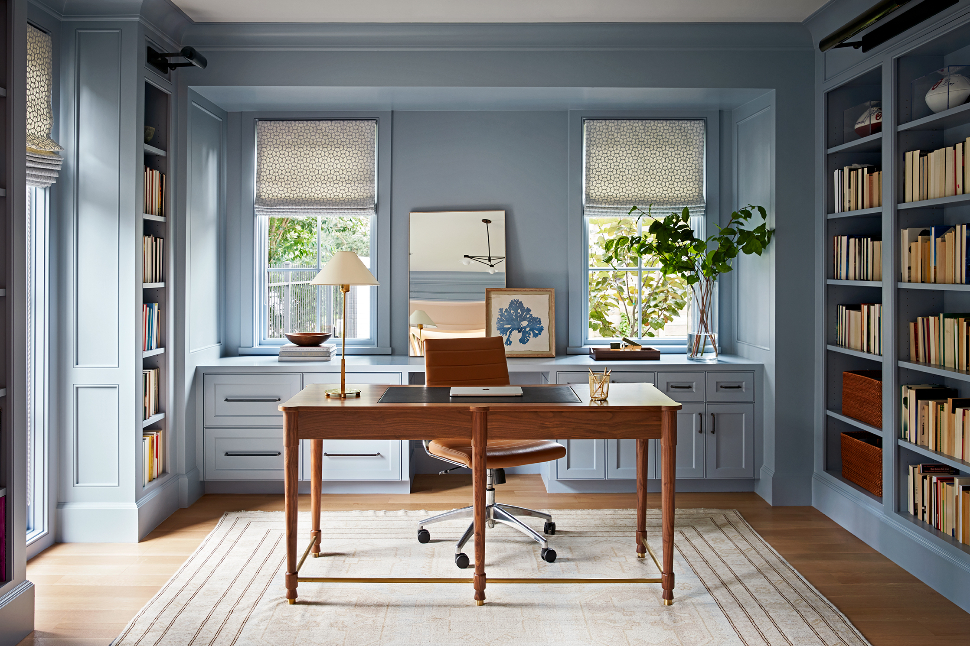Many homeowners place finding a rug last on their decorating to-do list, when it should actually rank towards the top. After all, the right rug can make an enormous functional and aesthetic difference in any space. From a functional perspective, rugs absorb sound and prevent heat loss. From an aesthetic perspective, rugs provide depth, compliment furniture, direct the eye, and zone a space. They can also make a small space seem larger, highlight unique architectural details and tie your color palette together. Unfortunately, the wrong size rug can actually impede the functional and aesthetic value of a space. A rug that’s too large can impact the accessibility of your space while obscuring gorgeous hardwood floors. A rug that’s too small can threaten the stability of your furniture while disrupting the balance of your space. Unlike choosing carpet, picking a rug is not always an exact science. There is no universal rug size calculator because the right size rug for your space will depend partially on personal preference. Still, there are a few guidelines to follow. For a rug that enhances the beauty and functionality of your space, read our rug size guide below. From the entryway to the kitchen and the living room to the bedrooms, here’s how to choose the best size rug for your room.
Rug Size Guide: How to Choose the Best Size Rug for Your Room
Scale and proportion are important principles of interior design. As such, we begin our rug size guide by explaining how to balance the size of your rug with the size of your furniture. Below are our tips for choosing the right size rug for each room in your house. Corresponding diagrams illustrate how furniture should compare to area rugs and runners in your entryway, bedroom, dining room, kitchen, living room and study.
Entryway
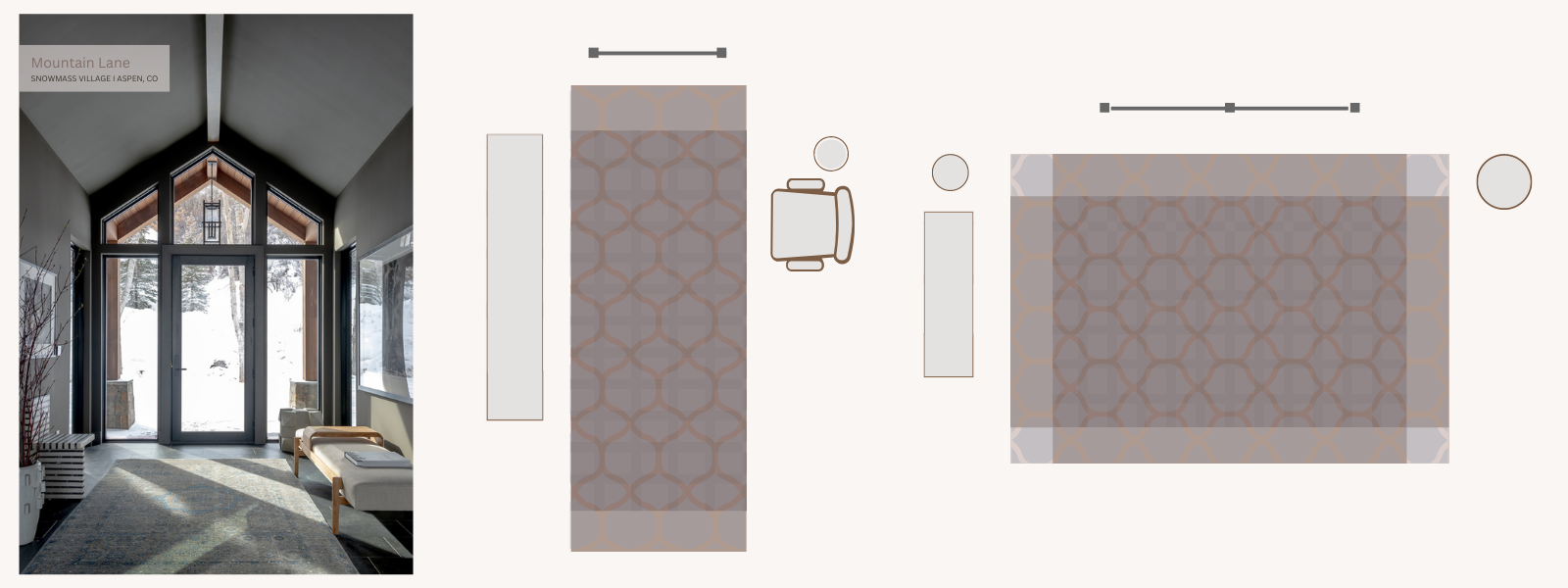
Depending on the size and shape of your entryway, either a runner or an area rug should work. Because entryways are typically open, sparsely furnished spaces, proportion is of the utmost importance. An entryway rug should be larger than the door jambs — centered to reflect the roofline as pictured above in our Mountain Lane Show House.
Pick a rug that frames your front door while directing guests into your home. A rug that is narrower than your front door will not feel proportional to the space. The border of tile or hardwood that surrounds it will be too wide. Rather than tying the room together, the rug will look like a disjointed island that is out of sync with surrounding furniture and finishings.
Positioning Your Entryway Rug
For narrow entryways, we recommend runners. Runner rugs are often used as entryway rugs because they are slender. They typically measure between two and three feet wide, but can be practically any length. A runner can be as short as 4 feet and as long as 16 feet. With so many options, you should be able to choose the right rug for your space.
For a large entryway with double doors, consider a wider area rug. If your entryway is somewhere in between and does not fit a standard size rug, consider commissioning a custom-designed rug.
When choosing a rug for your home’s entryway, allow enough space for the doorway to easily open without catching any threads. If your entryway boasts a console table or houseplants but lacks a bench or chair, feel free to lay the rug beneath your furniture.
If you want guests or residents to remove their shoes before entering your home, leave space around any benches or chairs. By doing so, you provide a pathway around the rug. Everyone can easily remove or put on shoes without tracking dirt, snow or mud onto your entryway rug.
Bedroom
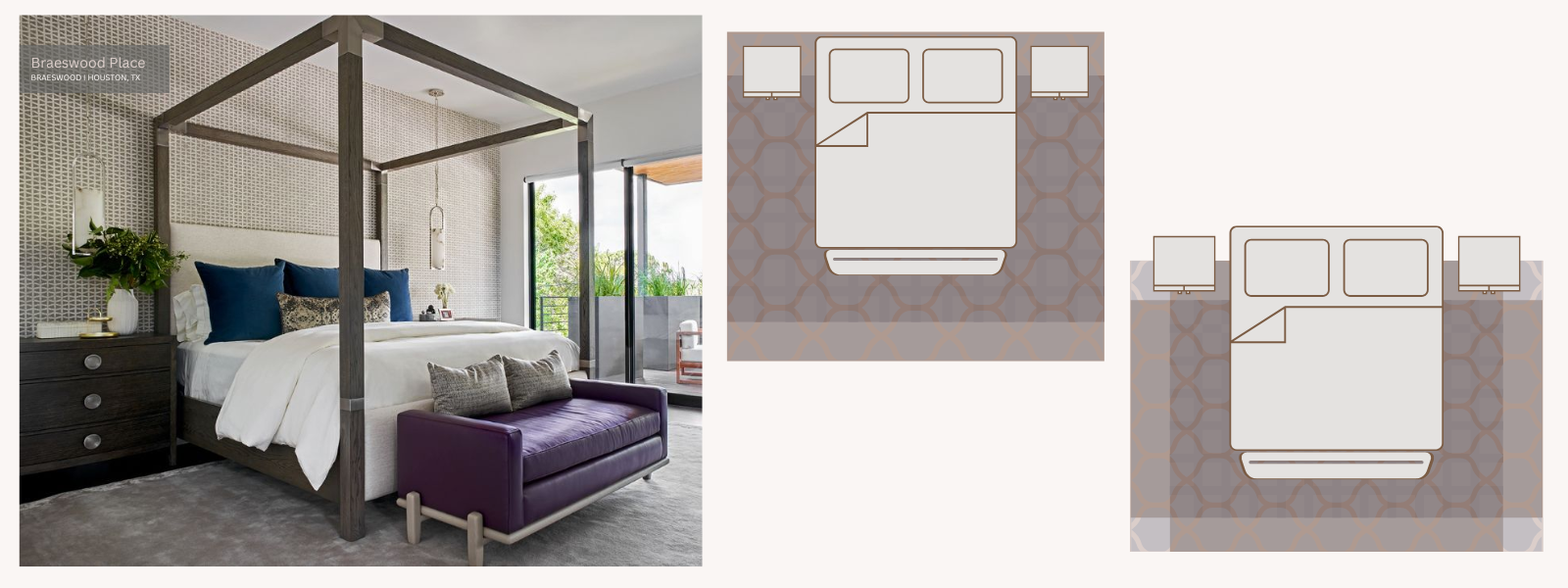
Next, we explain how to choose a rug size for bedroom layouts. Above, we illustrate three options for rug placement. You can place bedroom rugs under all furniture, partially under all furniture or partially under some furniture. If decorating a room with multiple beds, you can put a rug on either side, under both or in between the two. Though we chose a room size rug for the bedroom pictured above, you might prefer a square rug or round rug in your space.
In an article for Architectural Digest, Alicia Brunker quotes Tai Ping’s Jean-Pierre Tortil as he defines the perfect size for a bedroom rug. According to Tortil, “‘when placed underneath a bed, a rug should stick out about four to five feet on all three sides.'”
Of course, you can also carry the edges of your rug all the way across the floor. Just be sure to end the rug about a foot or so from the opposite wall to ensure doors open easily. A rug that extends across the whole room will keep the space warm and cozy while adding an elegant quality.
The area of a primary bedroom can be anywhere from 200 to 300 square feet. Guest and children’s bedrooms might measure between 130 and 200 square feet. A large 10×10, 9×12 or 12×15 area rug should work well in most bedrooms. For a particularly large bedroom, consider working with a designer or vendor to ensure you create the right sized rug for your bedroom.
Dining Room
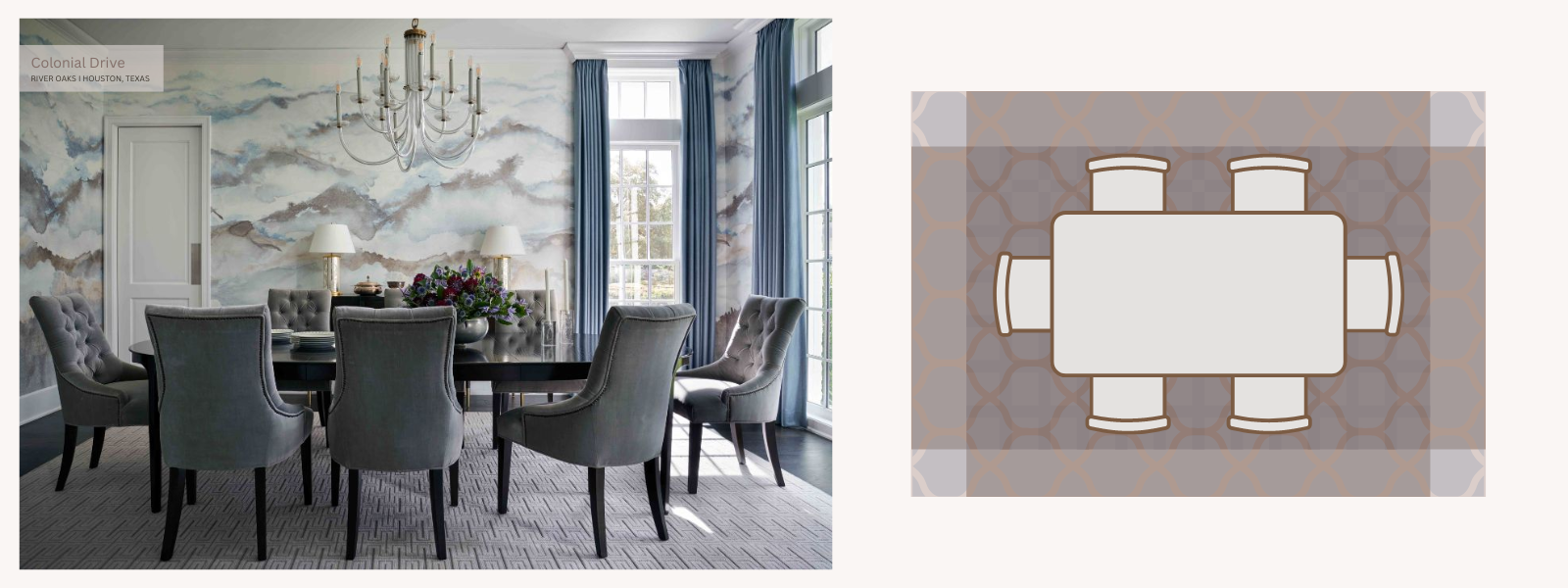
Experts are divided on exactly how large rugs in dining rooms should be. However, we recommend choosing a rug at least three or four feet wider and longer than your table. Dining room rugs should be large enough that all chairs sit comfortably on the rug when pulled away from the table.
You do not want the back two legs of each chair to catch on your rug when guests try to scoot towards the table. To ensure your desired rug is big enough, pull all the chairs out and measure several inches beyond the back two legs of each. You can use masking tape to trace the chair legs if that makes measuring easier for you!
Kitchen
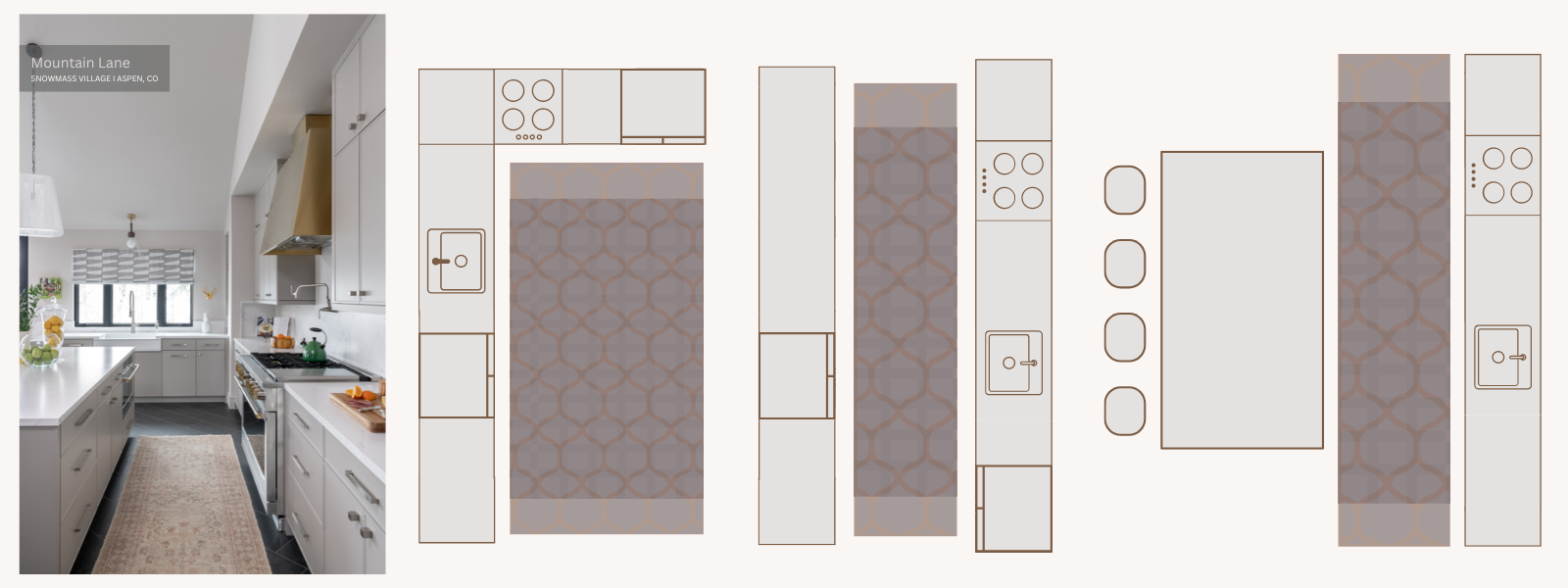
As in an entryway, both area rugs and runners work well in kitchens. Above, we have rug styling options for three kitchen floor plans: an L-shaped layout, a galley layout and a one-wall with kitchen island. We opted for a runner in the galley kitchen and the one-wall kitchen that has an island opposite the counter.
For the L-shaped kitchen, we chose an area rug — which could measure either 5×7, 4×8 or 6×9 feet wide. Larger kitchens lend themselves to multiple rugs, so consider adding a second runner if your kitchen includes a banquette, breakfast nook or island.
When choosing a rug for your kitchen, do not think solely about rug sizes. Kitchens are high traffic areas subject to spills, stains and so much more. Consider rug materials in addition to rug sizing when picking a runner or rug. Even if you choose a durable performance material, leave space between appliances and your kitchen rug to prevent grease from accumulating.
Living Room
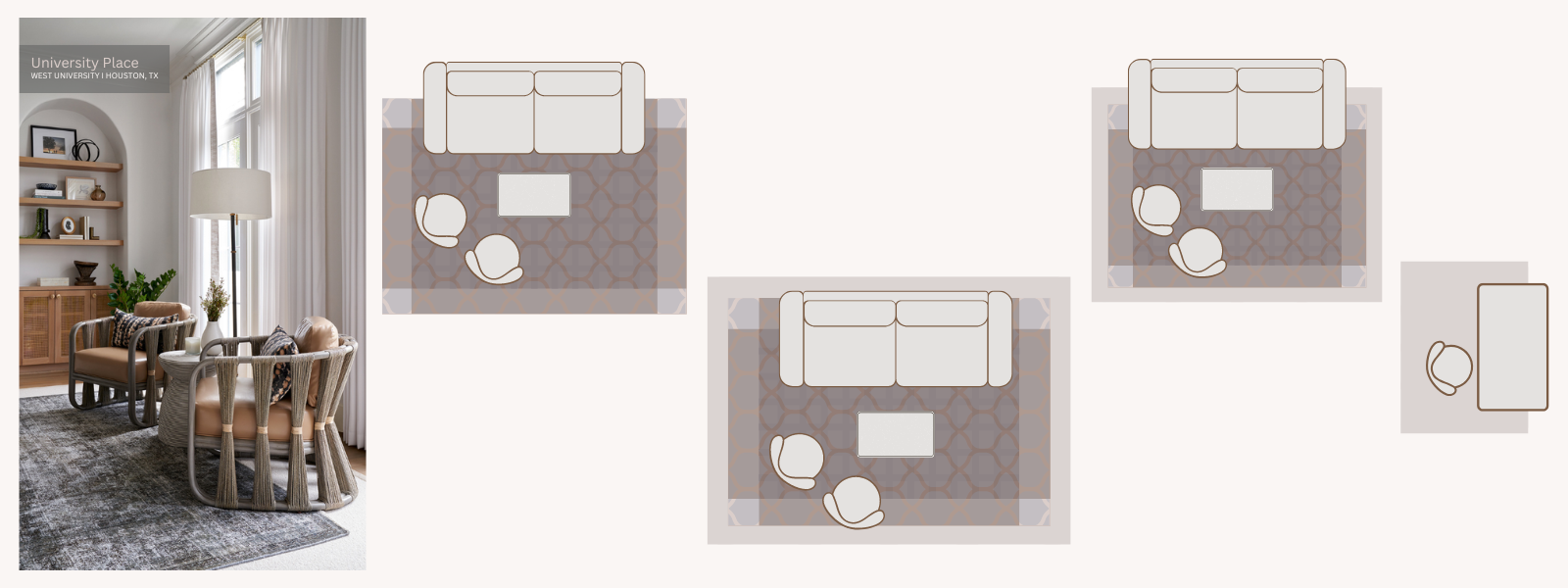
Of all the rooms on this list, the living room presents the greatest array of rug size and positioning options. Three options are pictured above. In the leftmost graphic, we opted for a large rug upon which only the front legs of our sofa sit. In the center graphic, we layered a small rug on top of a larger rug, with all furniture sitting on at least one. This echoes what our designers chose when furnishing the living room of our University Place project.
Some designers opt for multiple living room rugs throughout the room. While inappropriate in a small space, this works well in an open-concept or otherwise multifunctional living room. This is because rugs help zone a space by creating a boundary around associated furniture.
For example, two area rugs were chosen for the image in the upper right. One large rug was placed beneath the primary seating area consisting of a sofa, coffee table and two accent chairs. A smaller area rug was placed under a desk and office chair on the other side of the room. The rugs create two distinct regions in a room without dividers.
To pick the perfect rug for a small living room, opt for a rug that covers most of the floor space. A smaller rug that silos your furniture in the middle of the room will make the space feel tighter than it is. If you have larger furniture pieces in a small living room, ensure your rug can accommodate the first half of each piece. Consult the reference guide below for a size comparison of different area rugs and runners.
Home Office
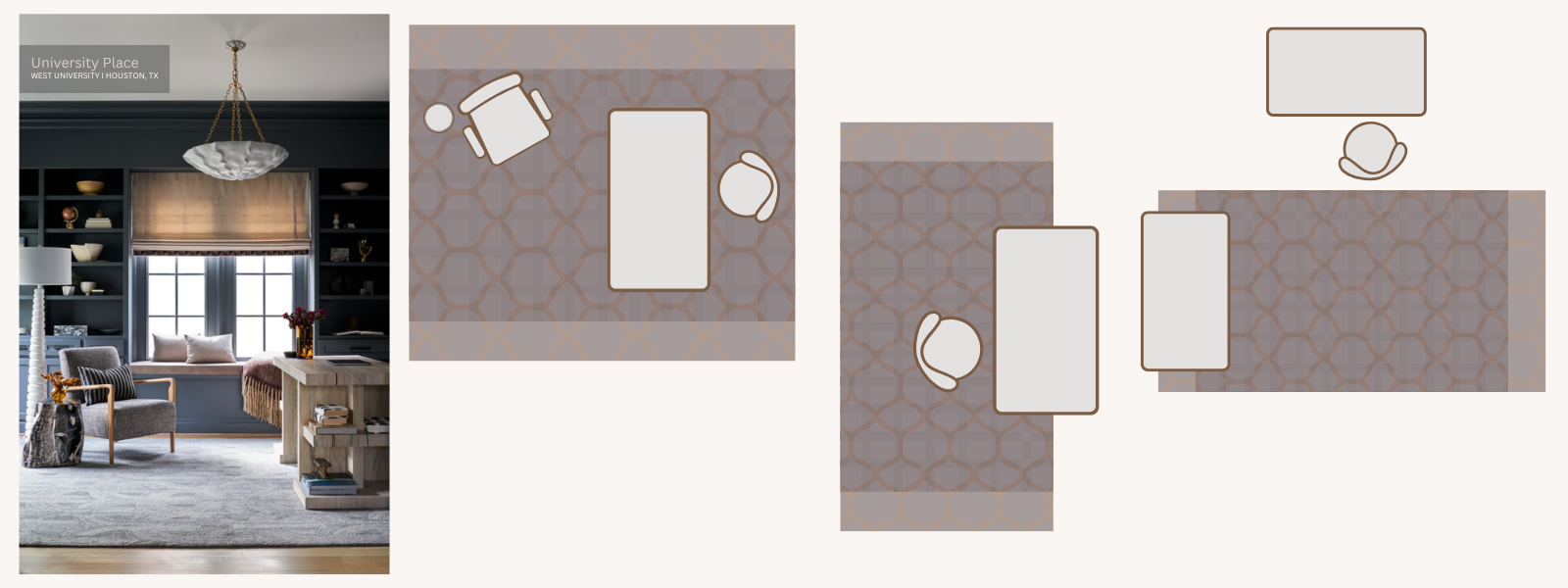
Like living rooms, studies also offer homeowners several placement and size options. Let your aesthetic preferences and the space dictate which size rug you choose. If you adore the hardwood floors in your home office, pick a smaller rug that leaves some flooring exposed. You can also create zones as we discussed in the section on living room rugs by selecting multiple rugs.
Consider function as well. For example, you might pick a narrower or smaller rug if your office chair sits on casters. After all, it would be difficult to maneuver a rolling chair over a high-pile rug. Alternatively, you might choose a larger rug if your home office is otherwise poorly insulated.
As Cathy Habas writes in this SF Gate article, “you can add insulation on top of the floor by choosing the right area rug.” A wool rug will insulate the space most effectively on its own. However, any rug can help keep toes warm in the winter with the right rug pad underneath.
Patio
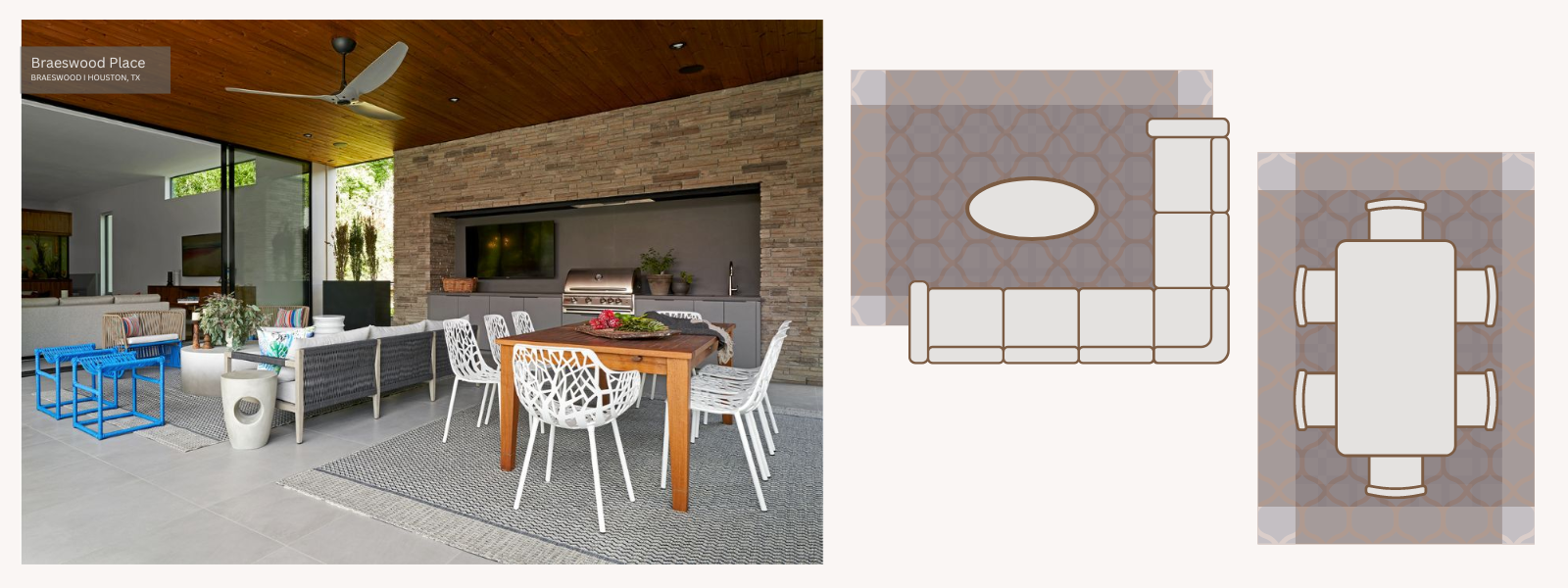
Your patio or outdoor dining area is an extension of your indoor space. It should be furnished to the same standards. When choosing area rugs for your patio, take a similar approach to picking for a living room or dining room.
Use more rugs to create zones by separating one seating arrangement from the next. Achieve a cohesive look by picking similar or identical rugs for each zone. We did this in the outdoor space of our Braeswood Place project pictured above.
8 Tips for Choosing the Right Rug Size
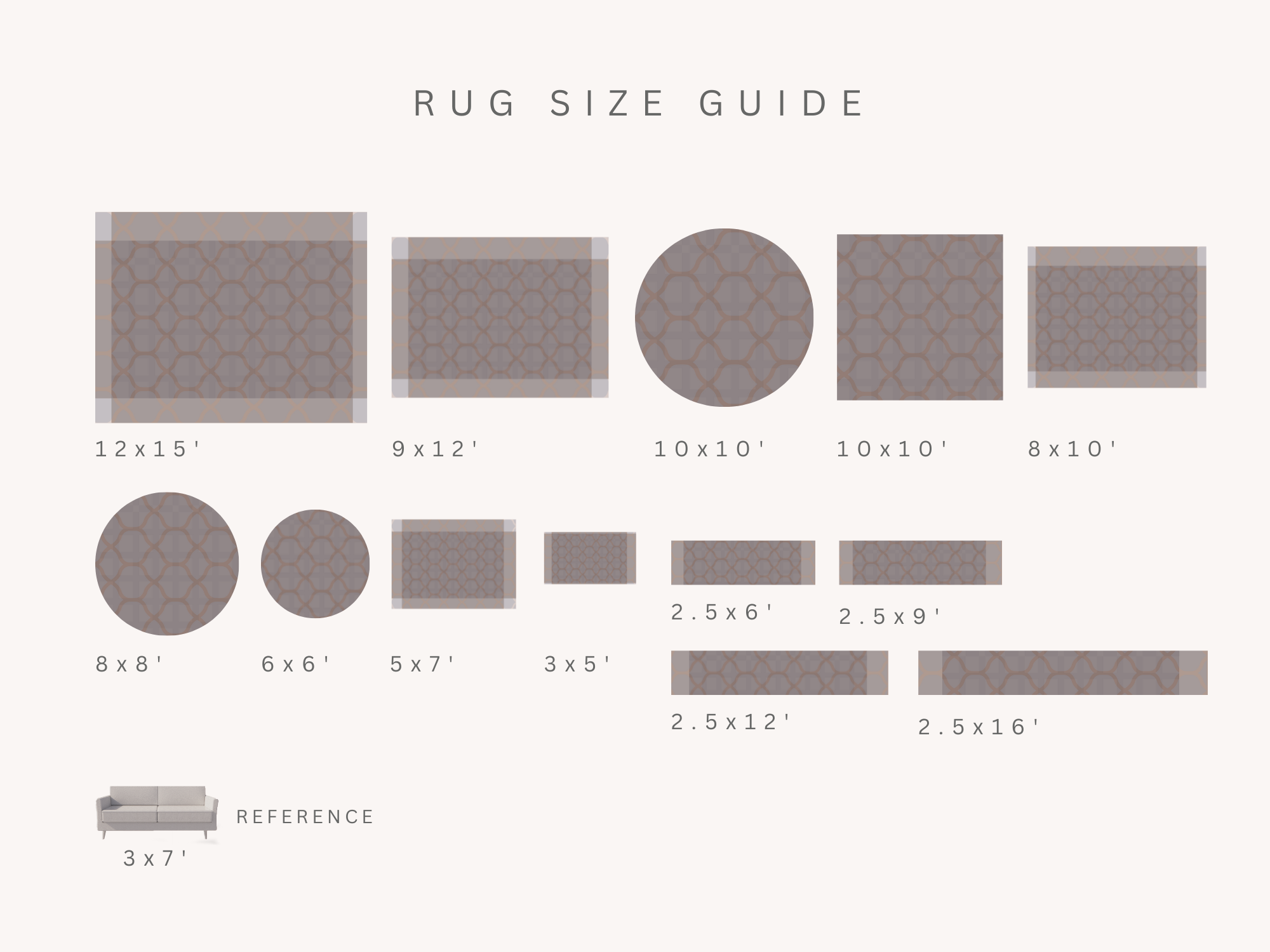
The next segment of our rug size guide includes a list of eight tips for choosing the right rug size. From accessibility to pile height, we answer all your frequently asked questions about picking the perfect rug below.
#1 Prioritize Accessibility
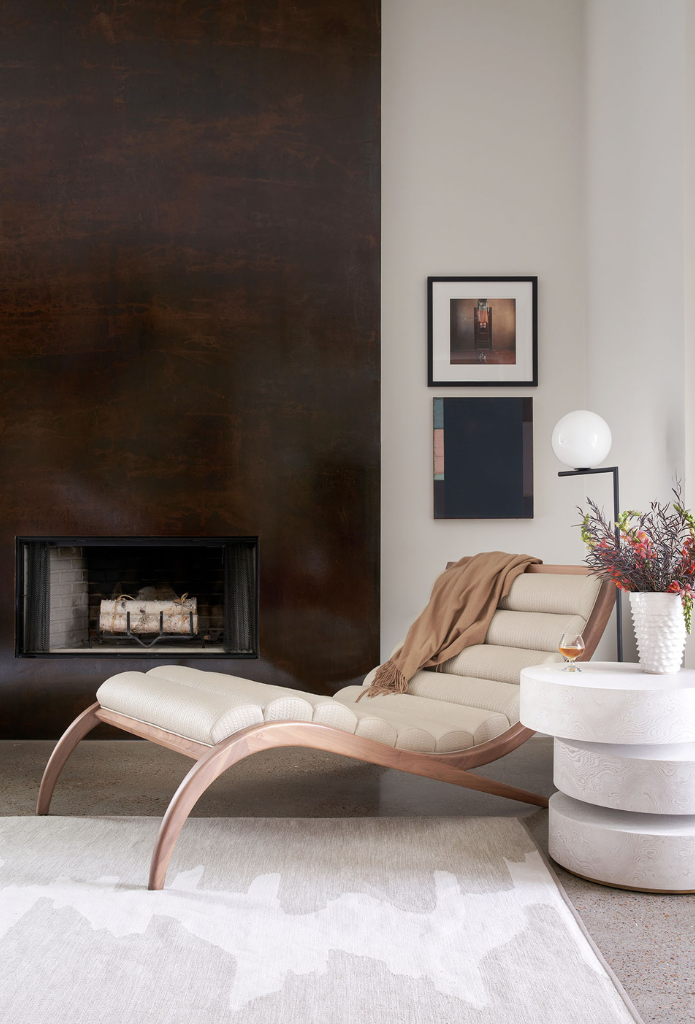
In this recent post about kitchen renovations, we underscore the value of universal design in shared spaces. Universal design improves access for the elderly, children, people with disabilities, temporary injuries and other health concerns.
When picking an area rug or runner for any space in your home, it is crucial to consider accessibility. Is the border surrounding your rug large enough to walk on with both feet level? Is furniture spaced out enough to accommodate a walker or wheelchair?
The size of your rug isn’t all that matters when designing a space for accessibility. One must also consider the pile and security of each rug. Ensure each rug is well-secured and will not slide or curl up. A rug that moves easily could trip or trap feet, crutches, wheelchairs or walkers.
#2 Don’t Silo Your Furniture in the Middle of the Room on a Tiny Rug
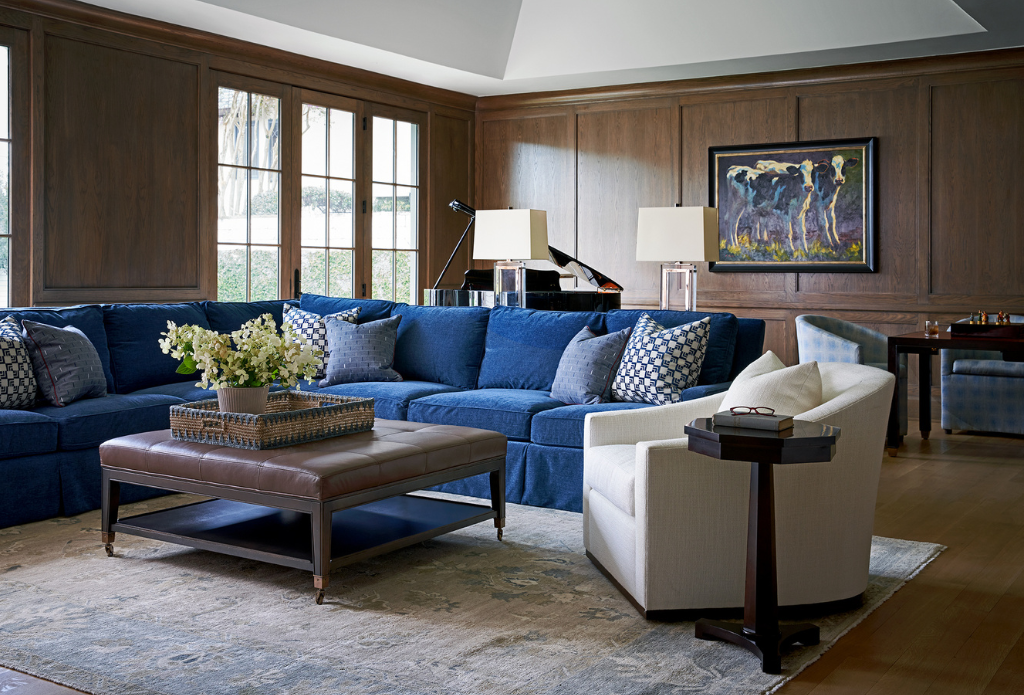
Resist the urge to lay a tiny area rug in smaller spaces. A rug that is barely visible under furniture is both minimally functional and fairly unattractive. In her article “Choosing the Right Rug Size: Dos and Don’ts” for Mountain Living, Stephanie Holmes explains.
Holmes writes that you “don’t [want to] create a postage stamp underneath certain furniture.” Put simply, “your rug should be seen and used.” Too small a rug will be practically invisible, while simultaneously highlighting the minimal footprint of a tiny space.
#3 Create a Border When Layering Rugs
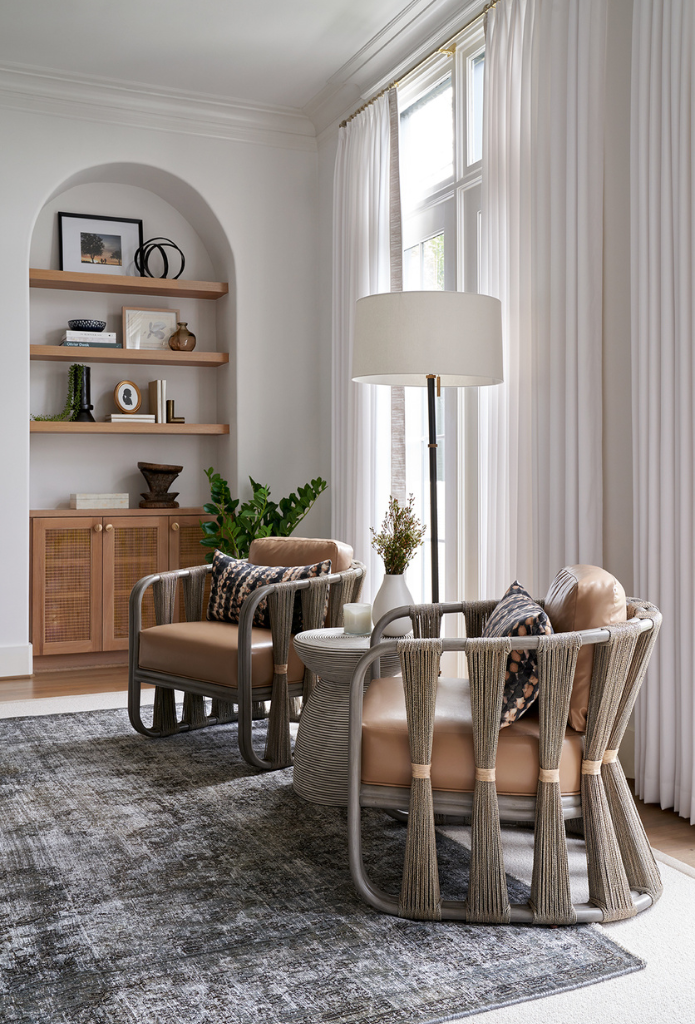
If you absolutely love a rug that is a bit too small for your space, consider layering it over a larger rug. Opt for a neutral rug with a lower pile when layering underneath a fluffy or ornately patterned piece.
#4 Consider How Far Out the Doors Swing

To avoid catching your rug on the underside of your door, consider how far doors swing into your space. Of course, some rooms are separated by pocket doors. Disregard this step if not applicable to your space.
#5 Put Safety First by Keeping Furniture Level
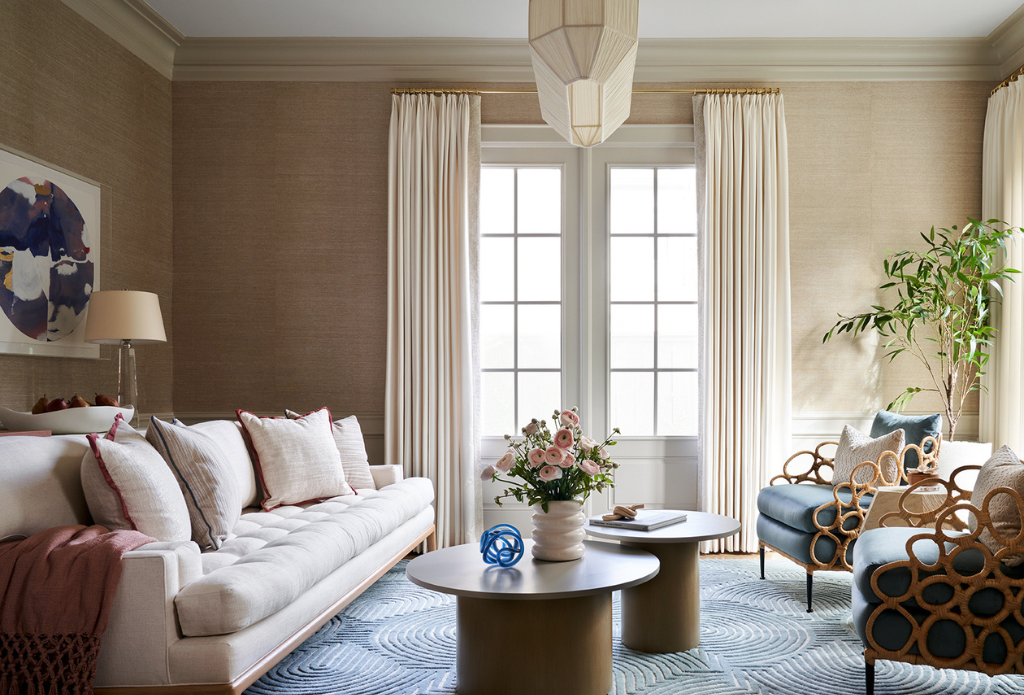
Next, make sure none of your furniture is half-on and half-off your area rug. Furniture with short feet or no legs at all — like club chairs, ottomans and low coffee tables — can certainly sit half-on and half-off.
However, chairs with long spindly legs are best kept level. Tall chairs are prone to tipping when the sitter shifts balance. Any difference in footing between the back and front legs could cause the chair to tip, resulting in injury — or at least embarrassment.
#6 Purchase a Rug Pad That’s Slightly Shorter than Your Rug
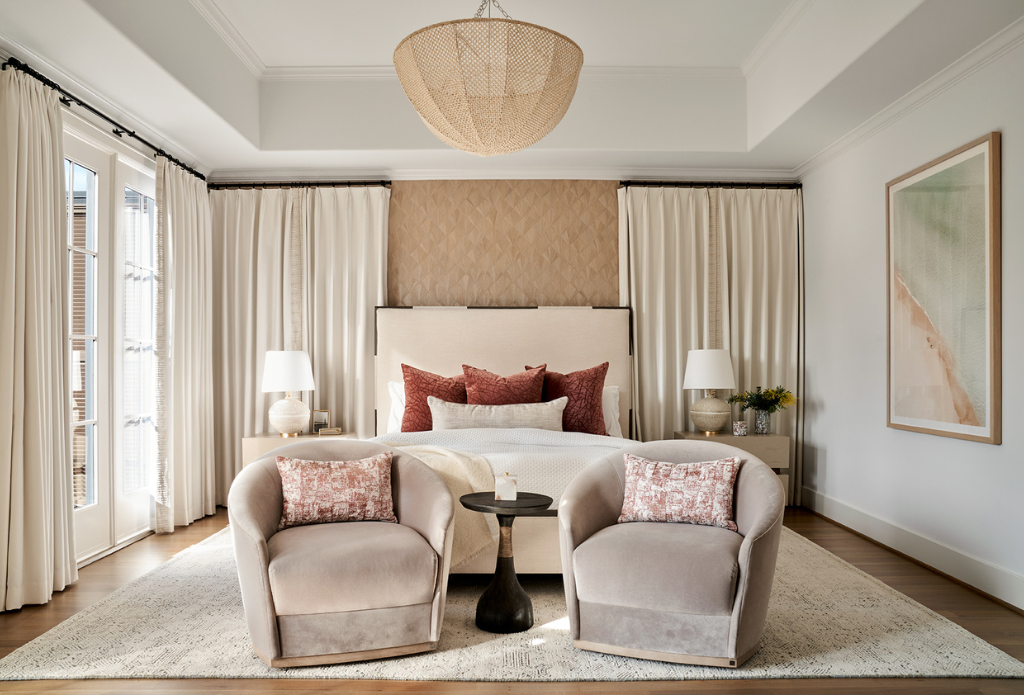
Our sixth tip is to purchase a rug pad that’s slightly shorter than your area rug or runner. A couple inches should be enough to reap all the benefits of a rug pad without ever seeing it.
Rug pads are essential to the longevity and safety of each rug you choose. According to Kathleen Huddy in an article for Good Housekeeping, they make rugs more comfortable and easier to clean.
They protect the rug from staining your floors and the floors from damaging your rug. Rug pads also “extend the life of your rug by preventing the fibers from being crushed.” Perhaps most importantly, pads add extra cushion while preventing rugs from slipping or curling.
#7 Don’t Forget About Pile Height
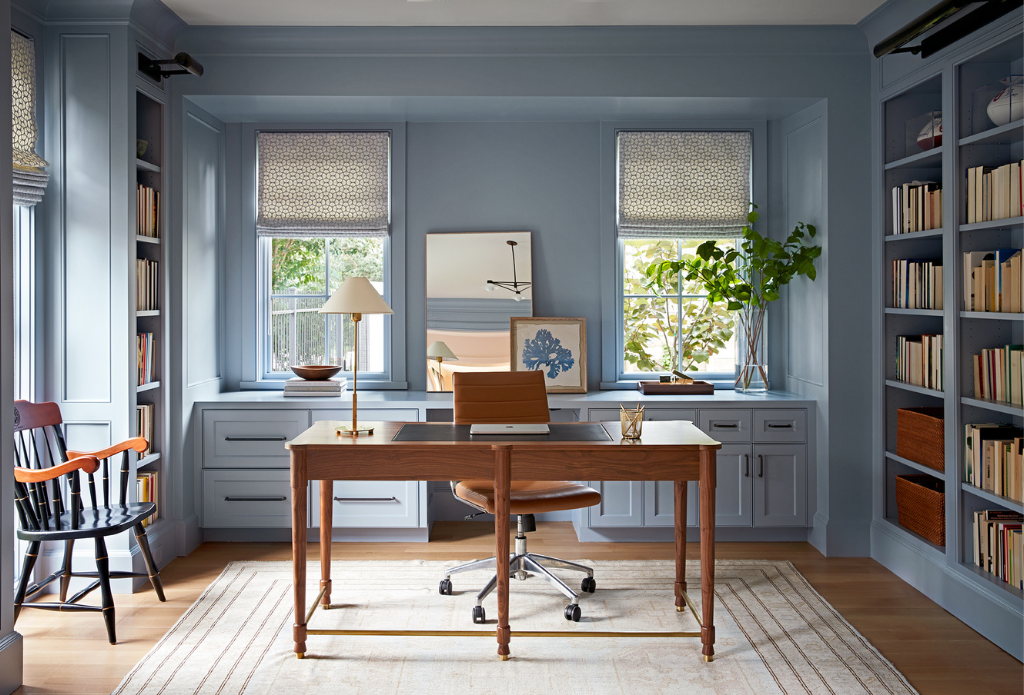
When we think of rug size, we typically think about width and length. However, the height of your rug is also important. As noted above, high pile rugs are not suitable for every user. A high-pile rug could prevent homeowners from opening drawers or doors.
They can inhibit the mobility of people who use walkers, wheelchairs or other assistive devices. High pile rugs are also more difficult to clean. Given this, it might be best to choose a lower pile rug in high-traffic areas.
#8 Block Off Your Rug Before Buying
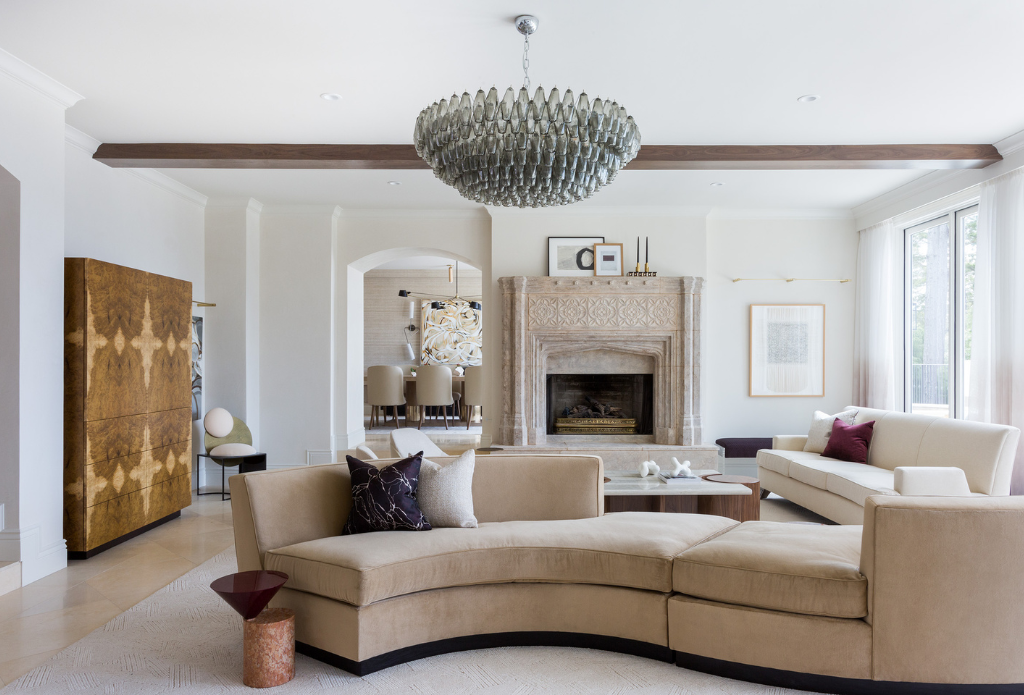
To ensure your choose the right size rug, block off the area you want the rug to cover before ordering. Trace around any furniture. Try a few different sizes and arrangements to ensure you pick the perfect size.
Similarly, test the style of your rug. We often recommend hanging paint or wallpaper samples in rooms you plan to redecorate. This allows you to test out the color, pattern and texture of a design choice before implementing it across your entire space. Just like we recommend hanging paint samples, we also recommend “dating” your rug before marrying it.
Still have questions about finding the perfect size rug for your space? Post your question in the comments below!


